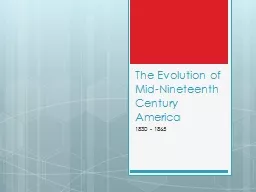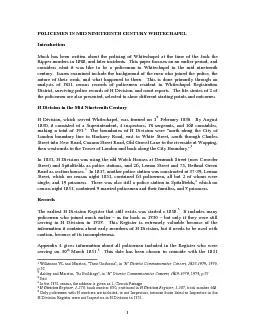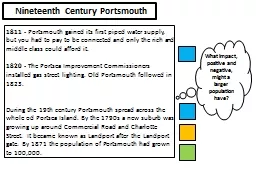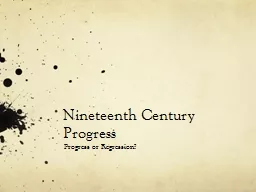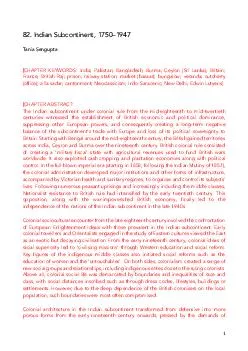PPT-The Evolution of Mid-Nineteenth Century America
Author : lois-ondreau | Published Date : 2018-03-14
1830 1865 Instructions Your notes today will be to complete the timelines you picked up when you came in When you are done with the timeline notes I will show
Presentation Embed Code
Download Presentation
Download Presentation The PPT/PDF document "The Evolution of Mid-Nineteenth Century ..." is the property of its rightful owner. Permission is granted to download and print the materials on this website for personal, non-commercial use only, and to display it on your personal computer provided you do not modify the materials and that you retain all copyright notices contained in the materials. By downloading content from our website, you accept the terms of this agreement.
The Evolution of Mid-Nineteenth Century America: Transcript
Download Rules Of Document
"The Evolution of Mid-Nineteenth Century America"The content belongs to its owner. You may download and print it for personal use, without modification, and keep all copyright notices. By downloading, you agree to these terms.
Related Documents

